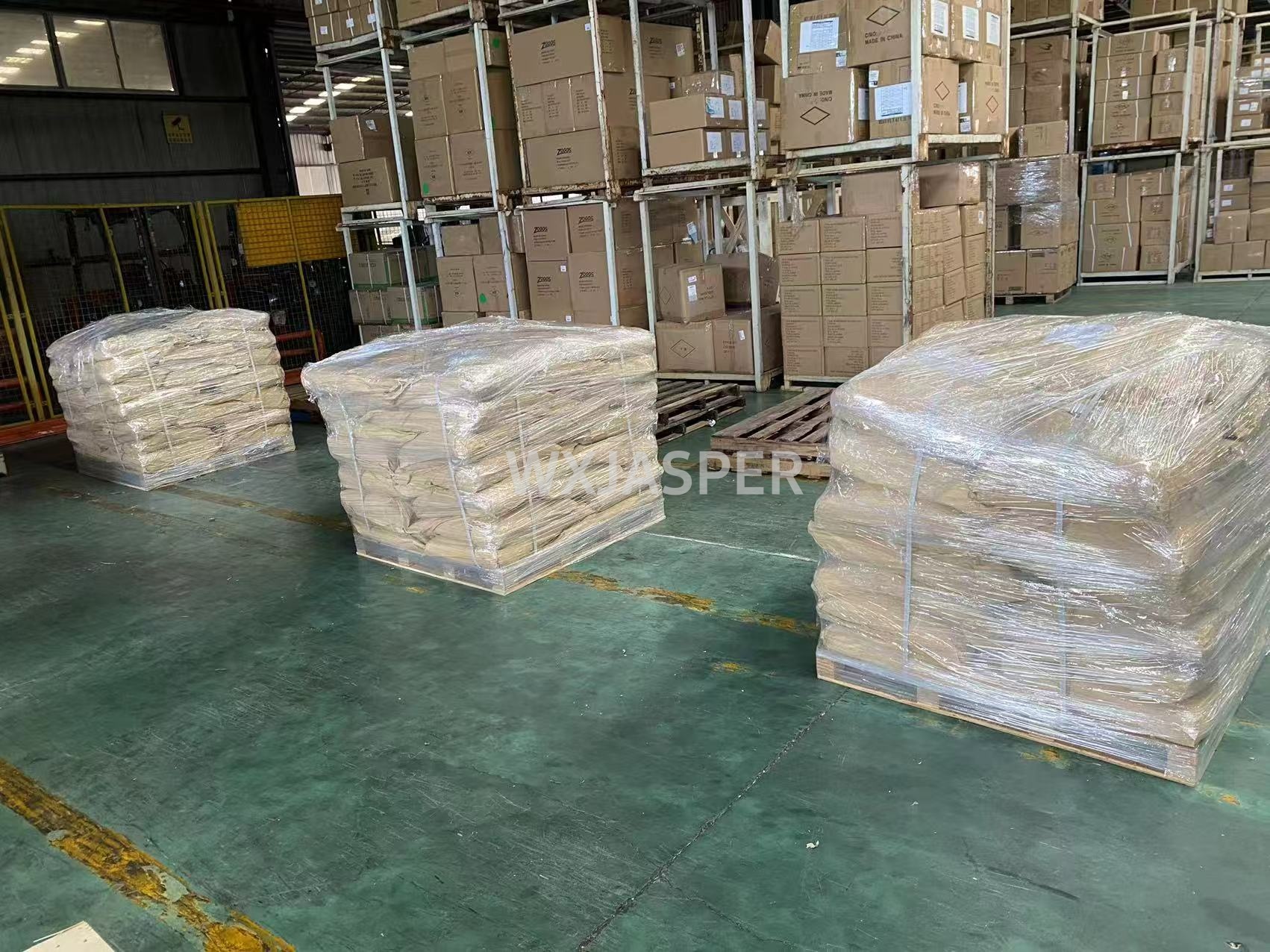Your Location:Home > Products > Solvents > Tetramethylammonium hydroxide pentahydrate



CasNo: 10424-65-4
MF: C4H13NO.5(H2O)
Appearance: Powder
Delivery Time: 15 days
Packing: 25kg/bag
Purity: 99%
Basic Information
|
Model NO. |
10424-65-4 |
Appearance |
Powder |
|
Color |
White |
Purity |
99% |
|
Sample |
Available |
Specification |
25kg/Drum |
|
Grade Standard |
Industrial Grade |
Origin |
China |
|
Transport Package |
Drum |
|
|
Product Description
Product Name:Tetramethyl ammoniumhydroxid pentahydrate
CAS No: 10424-65-4
Molecular formula : C4H13NO.5(H2O)
Form: white crystalline powder
Product Application
It is used as a catalyst for dimethyl silicone oil, amino silicone oil, phenylmethyl silicone oil, etc., which can improve the reaction efficiency and product quality.
It can be used as a polarographic reagent for polarographic analysis.
As an ash - free base, it is used to precipitate many metal elements for product purification.
In the production of organic silicon wafers, it is often used as a brightener, cleaning agent, and etchant. It can also be used as an etchant for photoresists in the electronics industry.
Packaging
25Kg/Drum
Storage
It should be stored in a cool and ventilated warehouse, and avoid direct contact with air to prevent moisture absorption and deterioration due to carbon dioxide absorption.